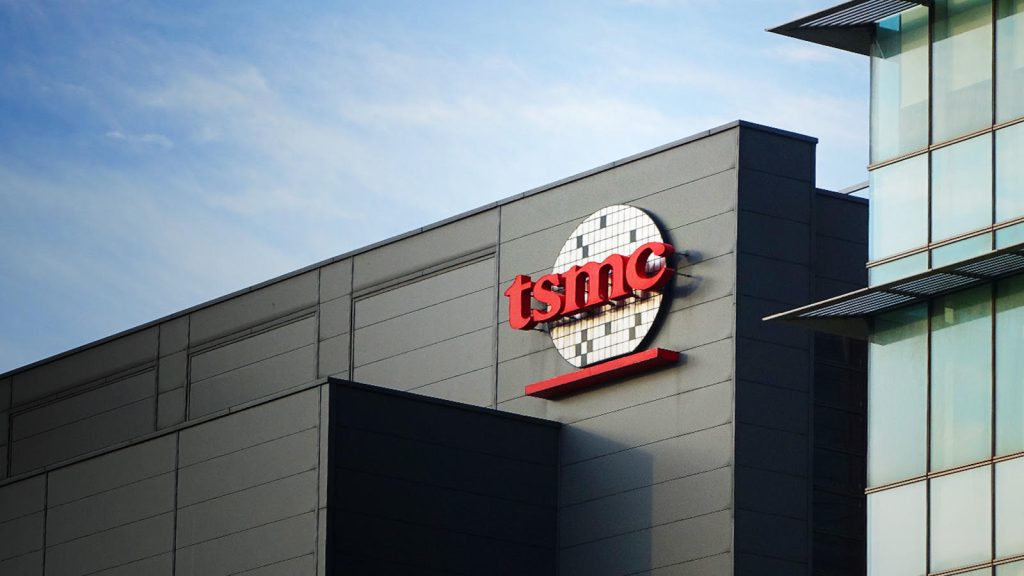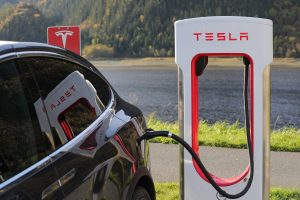When Taiwan Semiconductor Manufacturing Company (TSMC) announced its intention to expand its U.S. investment to a staggering $165 billion, it sent more than just financial ripples through the global markets — it sparked a conversation about how advanced manufacturing can reshape communities, economies, and the fabric of society itself. Semiconductors are the invisible threads stitching together our modern world — from the phones we can’t live without to the artificial intelligence tools now woven into our daily routines. As TSMC fortifies its position at the heart of this technological web, its decision to pour an additional $100 billion into U.S. soil is as much about people as it is about silicon wafers and AI algorithms.

At the ground level, the numbers are eye-popping: 40,000 construction jobs over four years and tens of thousands more high-skilled, high-paying positions in manufacturing and research. These aren’t gig economy gigs or fleeting contracts — these are career-launching opportunities that can anchor families and revitalize entire towns.
Arizona, already home to TSMC’s massive Phoenix fab, will feel the strongest impact. Once known mostly for its desert landscapes and retirees, Arizona is quietly transforming into a crucible of high-tech talent. Local schools and universities will need to adapt curricula to train semiconductor technicians, engineers, and researchers, and these students — instead of leaving home to chase opportunities elsewhere — may now find their futures in their own backyard.
TSMC’s expansion could also play a subtle but critical role in addressing America’s deepening urban-rural and coastal-heartland divides. By placing cutting-edge technology facilities outside the traditional tech enclaves of Silicon Valley, there’s potential for knowledge and prosperity to spread more evenly across regions often left behind by the digital economy.
But this can only happen if communities, educators, and policymakers move swiftly to ensure local residents can access these opportunities. This means targeted STEM education, apprenticeships, and workforce development programs that bring underrepresented groups — especially women and minorities — into what has traditionally been a male-dominated industry.
From a policy perspective, TSMC’s investment is also a signal that industrial self-reliance is once again at the forefront of American priorities. Global chip shortages and rising geopolitical tensions have exposed how fragile the world’s semiconductor supply chain can be. By localizing a critical piece of that puzzle, TSMC’s Arizona fabs don’t just make business sense — they’re part of a broader push to secure national security and technological sovereignty.
This reshoring of semiconductor production could inspire a renaissance in American manufacturing — one that prizes advanced technology and sustainability over the smokestacks of the past. And if done right, it could become a blueprint for other industries to follow: foreign direct investment that empowers local communities rather than extracts from them.
At its core, this investment is about more than just chips — it’s about how those chips power the future of AI. From generative AI tools that write news articles (yes, even this one!) to machine learning systems that diagnose diseases or optimize cities, the demand for processing power is skyrocketing. TSMC’s new fabs will help ensure that this power doesn’t come at the cost of supply chain bottlenecks, geopolitical risk, or technological stagnation.
Yet society must also ask: Power for whom? Will this new wave of AI benefit the many or the few? As TSMC builds the backbone of tomorrow’s AI-driven world, communities, workers, and policymakers alike must have a seat at the table — to ensure that the benefits of this massive investment don’t flow only to shareholders and tech giants, but ripple outward to strengthen democracy, equity, and resilience.
TSMC’s $165 billion bet on the United States is more than the largest foreign direct investment in U.S. history — it’s a reminder that big capital decisions have human consequences. If we get this right, the expansion could be a catalyst for a new era of inclusive growth, regional revitalization, and technological leadership. In the end, these chips aren’t just powering AI. They’re powering the dreams of thousands of workers, students, and families — and reshaping what’s possible when global ambition meets local impact.



